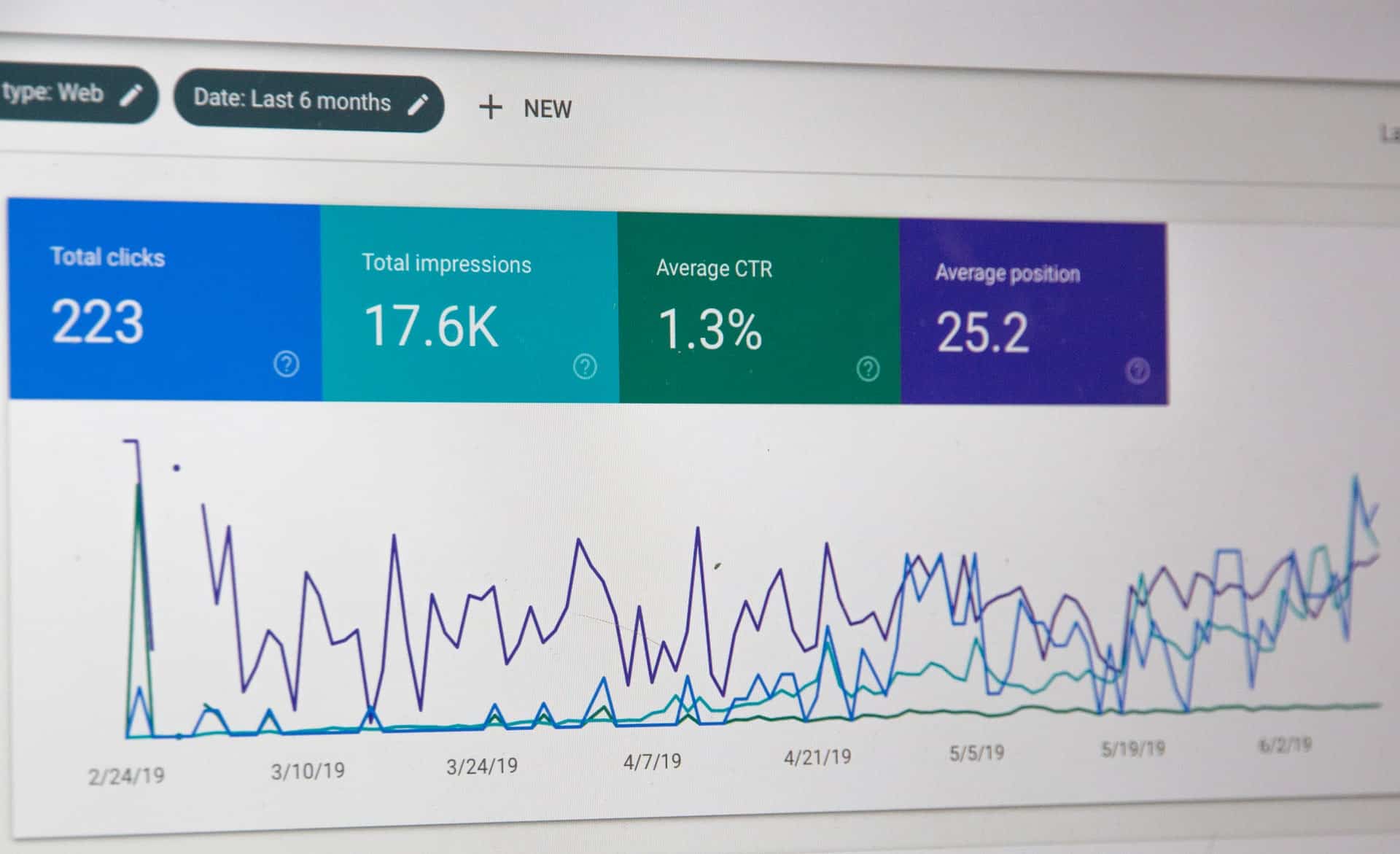Most discussions on Search Engine Optimization (SEO) strategies will inevitably touch on building backlinks. In this context, WordPress (WP) and no-follow links will often follow. However, not everyone is keenly aware of what precisely these links are or how they came to be.
Similarly, you may wonder why they’re even noteworthy or how they can affect your SEO. Lastly, and perhaps most significantly, you may wonder when you should use no-follow links on a WP website. No matter which applies to you, fear not; this article intends to cover it all.
PageRank and “link juice”
First and foremost, let us define PageRank and what many marketers colloquially refer to as “link juice”. This is a vital definition that will contextualize no-follow links quite easily.
Among Google’s many algorithm criteria for gauging search engine result page (SERP) rankings lies PageRank.

As the name might imply, this metric gauges inbound and outgoing links on pages. The more links from reputable sources a new site gets, the better its rank will be. Conversely, links from less reputable or dubious sites might penalize a page’s PageRank.
In essence, this transfer of reputability is what SEO experts dub as link juice. This system lets backlinks serve a purpose in terms of SEO – outside of direct referral traffic, of course. In turn, that’s what makes no-follow links serve a purpose, by excluding them from this system.
What’s a no-follow link?
With the above context in mind, we should now be able to explain what a no-follow link is more clearly.
A no-follow link is, in essence, a link that doesn’t count towards PageRank. These links use the HTML rel=” nofollow” tag to signal to search engines that they shouldn’t be counted.
As you might have assumed, this can serve many purposes, which will be discussed over the course of this article. For now, suffice it to say that it’s a valuable tool in many regards, including SEO.
No-follow links and SEO
On that note, then, it should already be clear that no-follow links directly affect SEO. A lucrative SEO strategy depends on building quality backlinks so that authoritative pages link back to you and increase your PageRank. Similarly, questionable backlinks can hamper your page authority if said sites are dubious or have a low rank. That’s where no-follow links come in, by preventing such adverse effects.

Thus, the SEO benefits of such links hinge on generating referral traffic without risking page authority. As an additional effect, they also prevent previously prominent “black hat” strategies that enabled link spam in the past.
What’s a do-follow link?
In contrast, a do-follow link is simply a link without the “nofollow” tag. In many cases, it’s the default nature of links, unless otherwise specified.
Put simply, do-follow links count toward PageRank. They allow linked-to sites to get an SEO boost, which lets them rank higher in SERPs.
Building quality backlinks presupposes that they’re do-follow links in terms of this specific benefit.
Finally, what’s WordPress (WP)?
Lastly, if only to get definitions out of the way, let us define WordPress itself. If you’re reading this article, there’s a good chance you’re familiar with it, but it never hurts to be thorough.
WordPress started as a blog-publishing system all the way back in 2003. Over time, as it needed to handle different types of web content, it expanded and improved its functionalities.

Today, it is the most popular and most extensive Content Management System (CMS). It powers roughly 30% of all websites, including over 30% of the top 10 million websites.
In short, it’s a free, open-source CMS platform that delivers unquestionable efficiency. From a user-friendly dashboard to a plugin architecture that allows free and paid third-party plugins, it’s accessible, flexible, and powerful. Such plugins include this site’s very own WP Reset, as well as no-follow link plugins that we’ll discuss below.
Finally, the fact that it comes with many hosting packages as a tried-and-tested solution only helps its popularity grow.
When you should use no-follow links on a WP website

Having highlighted the effects of no-follow links, we should now be able to explore when and where they’re useful. There are no simple answers like “at all times” and “everywhere”, so let’s identify the proper time and place.
#1 When you need to disassociate from specific sites
Perhaps the most common reason to use no-follow links on a WP website lies in distancing your site from others. There are a few different reasons for this, such as the following.
1. A previously credible site has declined in quality or credibility.
You may have used citations, infographics, or otherwise linked to such sources before. No-follow links will still allow your audience to interact with such sources, so your content won’t practically change. At the same time, you won’t be giving them an undue PageRank boost, especially if they’re now less credible than you.
2. You’ve provided a link as a warning or precaution.
Similarly, you may wish to link to sites strictly as a way to inform your audiences to take precautions. In such cases, the last thing you’d want would be to boost such undesirable, dubious, or even harmful sites. Your no-follow links will still lead to their content and generate some referral traffic, but Google won’t change their PageRank.
3. You don’t want to boost the PageRank of all your references.
Finally, you may simply not want to have do-follow links to various references. Wikipedia does so with its source material, and so do many research papers. Especially if you consistently link to many sources, no-follow links save you from having to monitor their credibility and PageRank.
There are various tools that may help on this front, of course, but it’s still an option to consider.
#2 When you allow links in comments

This case should be familiar to many internet users. A common black hat SEO strategy was filling comment sections with links, getting an SEO boost in the process. Naturally, this resulted in massive amounts of spam across the web, which obscured actual discussions and organic engagement.
Thus, no-follow links help subdue this tactic. In fact, WordPress tags user-submitted links as no-follow by default for this very reason.
You can choose not to use no-follow links on a WP website if you wish, but why should you? Discouraging such spam and preventing undue SEO boosts is beneficial in all cases. Fortunately, many services and agencies dedicated to WordPress management and maintenance exist, and working with wpfullcare.com should prevent such potential issues.
#3 When you include sponsored content

Sponsored content is another case where you may wish to tag links as no-follow. Monetizing a blog or page is a viable option, but sponsored content already creates referral traffic. No-follow links ensure the pages you link back to don’t also get an SEO boost alongside it.
Apart from this PageRank boost, you’ll also need to use no-follow links to maintain transparency with your audience. Search engines should also know which content is sponsored, for all of the reasons mentioned above.
#4 When pages you link to are irrelevant to your field or niche
Similarly, your page should have a clear, established subject or niche. Thus, your content will most often delve into this subject and link to pages and resources relevant to it. However, you may sometimes explore completely different topics. In those cases, no-follow links can help prevent unintentional penalties from Google.
While this shouldn’t occur often, it may come up in specific scenarios.
You may, for instance, wish to expand your audience by diversifying your topics. Or, you may decide to cover a significant subject that’s outside of your niche.
Finally, you may feature sponsored content and guest posts that, for any reason, link to irrelevant resources. In all such cases, Google will detect the swift in subject matter and possibly assume it’s malicious, penalizing your site. No-follow links can prevent this, so it’s vital that you use them.
#5 When sidebar and footer links link to the same page

Finally, sidebar and footer links, or any links that appear multiple times on the same page, can also cause harm. Much like the above case, the risk comes from Google mistakenly identifying you as a potentially shady page.
Links in such areas of pages create new backlinks every time you create a new post or page. In turn, this can send Google the wrong signals, penalizing you for perceived black hat tactics that you didn’t intend. As such, tagging such links as no-follow can prevent this. Those links will still generate referral traffic, but they won’t risk penalizing your page.
When you should have no-follow links to a WP website

The fact that no-follow links still generate referral traffic highlights why you may still benefit from them yourself. In this regard, there are two main benefits to having no-follow backlinks to your website.
1. They prevent your PageRank from being penalized
If you pay for sponsored content or otherwise earn a backlink, those pages may still make mistakes like the above. A widespread example is when less credible websites frequently link to yours in an effort to increase their rank. In that case, multiple do-follow links would hurt your credibility as they’d make your site look suspect. No-follow links prevent such needless penalties while still producing referral traffic.
2. They still produce organic referral traffic
Similarly, this oft-repeated point bears repeating one final time. No-follow links will still produce traffic because readers follow interesting and informative links. Your site will still get organic traffic, and, if your content is valuable enough, engagement. After all, exactly like backlinks on your site, that’s what you pay for or earn with backlinks to your site.
How you can identify no-follow links

Knowing how to identify no-follow links is essential, and knowing when you should use no-follow links on a WP website is all the more useful when you do. Luckily, it’s a relatively straightforward process.
In Chrome, you can simply right-click on a page and choose “Inspect Element” to view its source code. In Mozilla Firefox, you can also right-click on a page and select “View page source”.
There, you can press CTRL+F to search the page’s source code. Searching for “nofollow” will highlight all no-follow tags for you. However, as easy as this process is, you may prefer not to do it manually each time. Luckily, many such tools exist, as well as WordPress plugins that will do so for you or make it easier.
How you can add no-follow links to WP
Finally, knowing when you should use no-follow links on a WP website, all that’s left is to know how to. There are two methods to do so; manually or through WP plugins.
1. Manually add the nofollow tag

To add the nofollow tag manually, simply open pages that include links in the Text tab of your WP editor. Then, replace the link URL with the following snippet:
<a href=”http://url-example.com/post” rel=”nofollow”>anchor text</a>
Finally, replace “url-example” with the original link, and replace “anchor text” with the text you’d like it to display.
2. Use plugins to tag links as nofollow
If the above process seems too laborious to do each time, fear not; WordPress supports myriads of plugins. One of many plugins dedicated to this function is the aptly named “Nofollow”.
While it may be outdated, it’s still perfectly functional – and many similar options with similar interfaces exist.
To use it, go to the “Plugins” area of your WP control panel. There, click “add new”; search for “Title and Nofollow for Links”, install, and activate it. Once you do, you can edit your pages and find a new “Add rel=” nofollow” to link” option in the link menu.
Should this plugin not suffice, WP’s plugin repository includes many similar, easy-to-use tools for this purpose. Some notable, well-rated ones among them include:
- WP Link Status Pro
- Nofollow Manager
- Nofollowr
- WP Nofollow Post
- Ultimate Nofollow
While they will differ from Nofollow, they all share the same purpose; to make the process easier without much hassle or know-how.
Conclusion
In conclusion, both no-follow and follow links have their purposes. Knowing when you should use no-follow links on a WP website over follow links hinges on understanding both. Hopefully, this article made this subject just a bit clearer and helped you make informed decisions on this subject.
I really want to thank you. In the blogging field where newbies like me are face a lot of pain to find websites which offer genuine backlinks. Your article shows a path from where we can approach people for genuine backlinks.
Indeed both follow and no follow are important for rankings. Great Post Hannah!